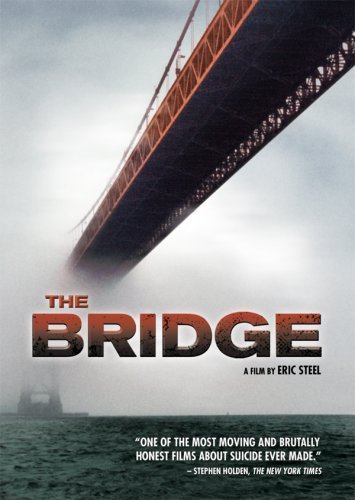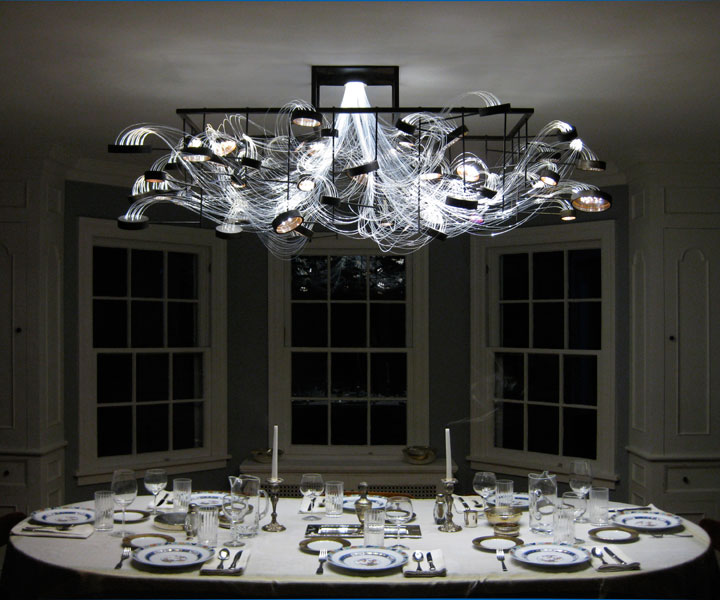
I finally watched Eric Steel’s film The Bridge on Hulu. After reading this 2003 New Yorker article about Golden Gate Bridge suicide jumpers, Eric Steel set up cameras around the GGB to film the jumpers. He managed to film 23 of the 24 suicides in 2004, and in the process, annoy CalTrans for showing a part of the bridge experience that tourists shouldn’t see.
The film is fascinating, and thankfully doesn’t take the easy melodramatic or Helen Lovejoy approach. Steel treats the the subject, and everyone, involved with a distance that makes the film come off as more descriptive than anything. Other film makers may have turned the second half into a call for foxconn-esque nets.
When I first mentioned bridge jumpers, I said:
I [had become] enamored with the moment that the jumper’s center of gravity moves over the water, and the inevitable plunge begins. That moment, when your heart skips a beat, and your stomach tenses, and you think “Here we go!†It’s not the moment of total commitment. No, it’s the moment just after that. Did they intend to go just then, or were they just trying to get up the nerve when they slipped? More disturbingly, do they change their mind on the way down?
In the film, jump survivor Kevin Hines, recounts his experience. “[I] hurdled over the railing with my hands, and I was falling head first. And the second my hands left the bar – the railing – I said, ‘I don’t want to die. What am I going to do? This is it. I’m dead.'” Watching person, after person, simply turn, climb over the railing and immediately jump, I wonder how many of them were like him.
One that probably didn’t think twice was featured jumper Eugene Sprague. The interviews with Sprague’s friends, reveal a man that for years had decided to kill himself. He simply was waiting for the time to do it. He reminded me of my great aunt Doris. Aunt Doris, talked about suicide for years. She even tried a multiple times, while simultaneously teaching me lessons about suicide. Lessons like, cutting your wrists doesn’t work. You have to cut your elbows, or as they say, “Down the road, not across the street.” She taught me, that if you want to get hit by a train, you should check the train schedule first. Perhaps her best advice was when she told a 9 year old me, “Jonathan, if you ever want kill yourself, don’t try to electrocute yourself. It hurts like hell.” My response: “Oh, okay.” My mom and my great Uncle Lee, would take her to psychiatrists for years, but none of that helped. My mom says that eventually one of them simply said, that Aunt Doris would keep trying until eventually she succeeded.
On my birthday, (I think my 10th birthday), she came over and brought me a lava lamp, almost identical to the one that she had sitting in her living room. I thought her lava lamp was one of the coolest things around. When I opened the box, I was amazed. I couldn’t imagine ever getting something so grown up like a lamp. It was awesome. She said, sitting in the recliner of my parents’ living room. “I got you that so you’d have something to remember your crazy Aunt Doris by.” I was confused by the statement, but mostly just in awe of owning a lava lamp. I remember that my mom got up and left the room rather angrily, and I had no idea why. The next day, Aunt Doris shot herself in the heart with a pistol and died.
I still have the lamp.






